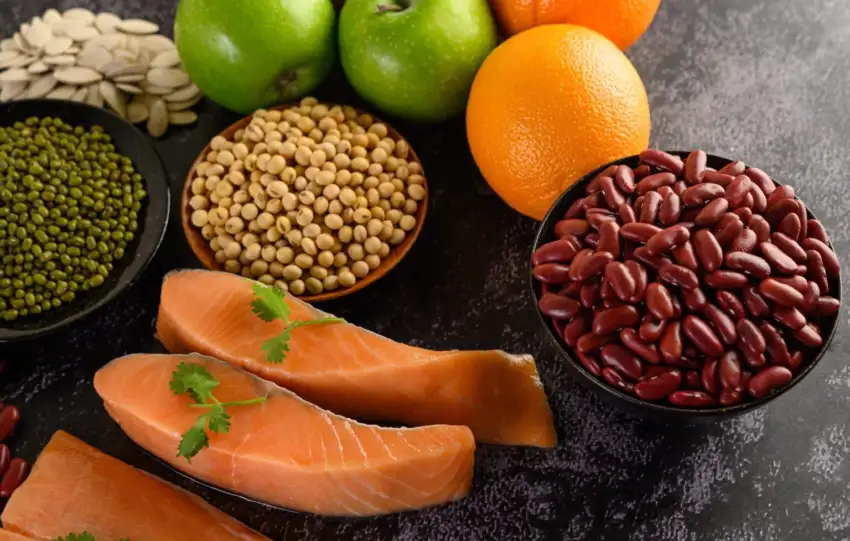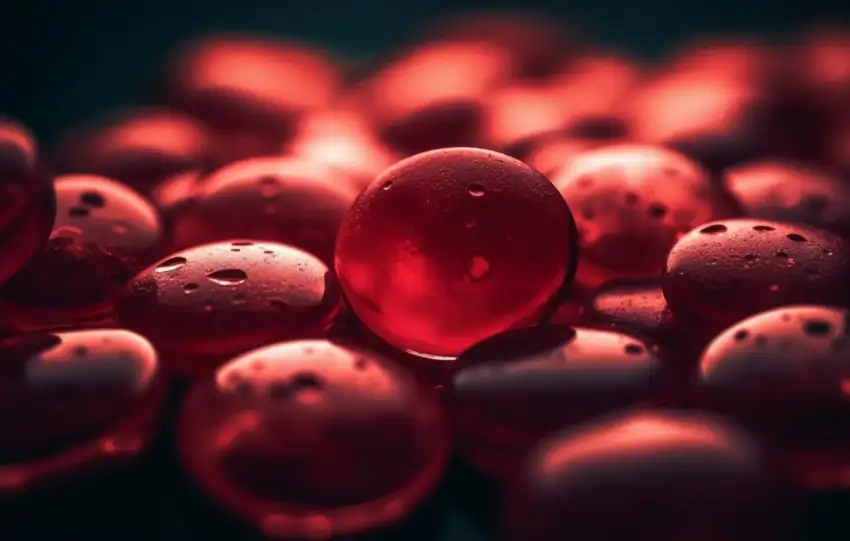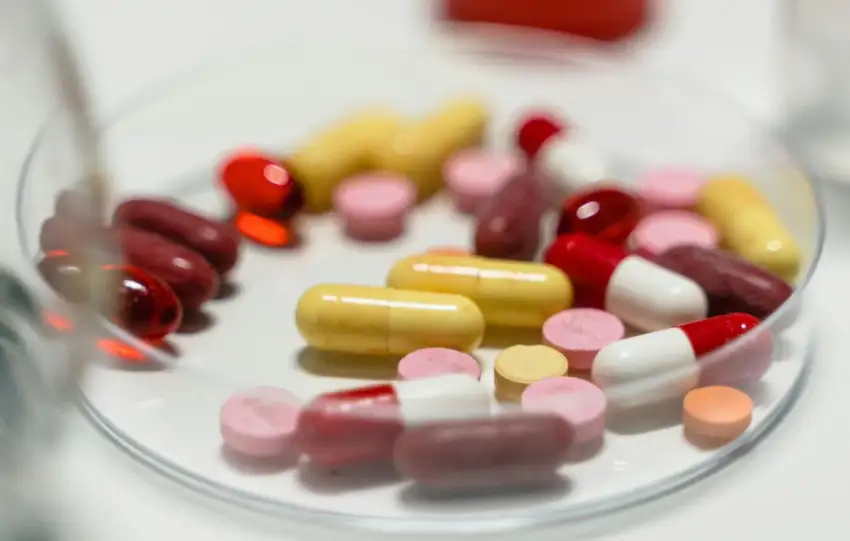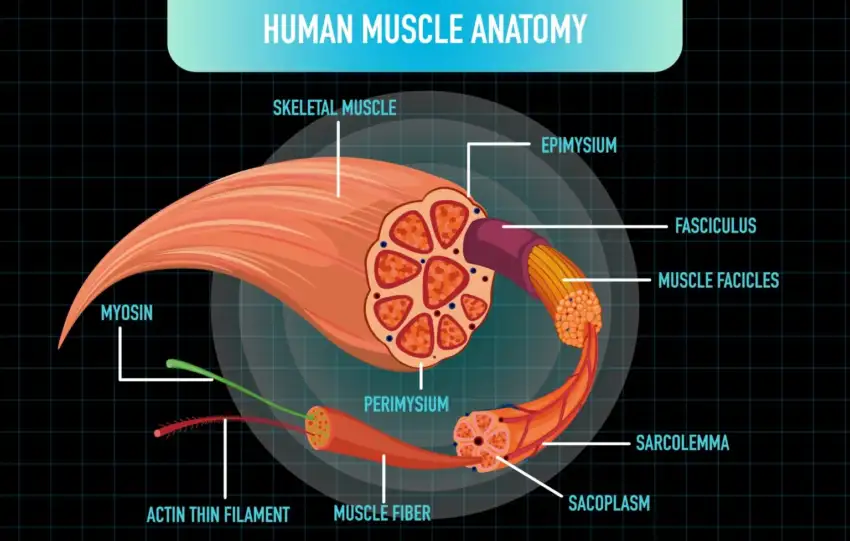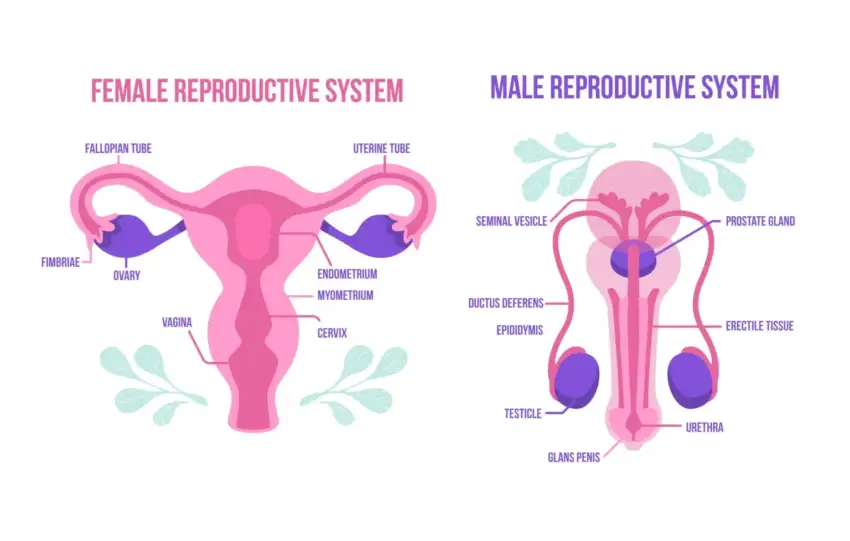
Iron Deficiency Anemia: Causes, Symptoms, and Treatment
Iron deficiency anemia (IDA) is the most common form of anemia globally, affecting millions of individuals, especially women, children, and those in developing nations. This condition arises when the body’s iron levels fall below the required threshold, leading to insufficient hemoglobin production. Hemoglobin, a protein in red blood cells (RBCs), is essential for oxygen transport throughout the body. Without adequate iron, oxygen delivery is compromised, resulting in symptoms ranging from fatigue to severe systemic complications. Understanding the causes, symptoms, and treatment of IDA is critical for improving quality of life and preventing long-term health consequences.
Iron and Its Role in the Body
Iron is a vital micronutrient involved in numerous physiological processes, the most critical being oxygen transport and energy production. It is a key component of hemoglobin and myoglobin, proteins responsible for oxygen transport in blood and muscles, respectively. Iron also plays roles in DNA synthesis, cellular respiration, and immune system function.
Types of Iron in the Body:
- Heme Iron: Found in animal sources like red meat and poultry, it is highly bioavailable.
- Non-Heme Iron: Found in plant-based sources like legumes and leafy greens, it requires enhancers like vitamin C for optimal absorption.
Storage and Regulation:
Iron is stored in the body as ferritin (in the liver, spleen, and bone marrow) and transported by transferrin in the bloodstream. Regulation of iron absorption occurs primarily in the small intestine, influenced by the hormone hepcidin. When iron levels are low, hepcidin production decreases, enhancing absorption.
Causes of Iron Deficiency Anemia
IDA develops due to an imbalance between iron intake, absorption, storage, and utilization. The primary causes include:
1. Inadequate Dietary Intake
- Poor Nutrition: Diets low in iron-rich foods, particularly among vegetarians and vegans, increase the risk of IDA.
- Malnutrition in Children: Rapid growth periods demand higher iron intake, and insufficient dietary iron can lead to anemia.
2. Impaired Iron Absorption
- Gastrointestinal Disorders: Conditions like celiac disease, Crohn’s disease, and Helicobacter pylori infections reduce iron absorption.
- Surgical Interventions: Bariatric surgeries or intestinal resections limit iron absorption by reducing the absorptive surface area.
3. Increased Iron Loss
- Chronic Blood Loss: Common causes include heavy menstrual bleeding (menorrhagia), gastrointestinal bleeding from ulcers, hemorrhoids, or cancers.
- Frequent Blood Donation: Regular donors may experience a gradual depletion of iron stores.
4. Increased Iron Demand
- Pregnancy: Increased blood volume and fetal iron requirements significantly raise maternal iron needs.
- Growth Spurts: Children and adolescents often require additional iron for development.
5. Parasitic Infections
- Hookworms and other parasites cause blood loss in the gastrointestinal tract, particularly in resource-poor settings.
6. Chronic Illnesses
- Chronic kidney disease (CKD) and heart failure are associated with impaired erythropoiesis and iron metabolism, leading to anemia.
Symptoms of Iron Deficiency Anemia
The symptoms of IDA vary from mild to severe, depending on the duration and degree of deficiency. The body prioritizes oxygen delivery to essential organs, which often delays symptom recognition.
Common Symptoms:
- Fatigue and Weakness: Reduced oxygen delivery impairs energy production, leading to persistent tiredness.
- Pallor: Visible in the skin, conjunctiva, and nail beds due to decreased hemoglobin levels.
- Shortness of Breath: Low hemoglobin reduces oxygen transport, causing breathlessness during physical activity.
- Dizziness and Headaches: The brain receives less oxygen, resulting in dizziness, fainting, and headaches.
Specific Symptoms:
- Brittle Nails and Hair Loss: Iron is essential for keratin production, and deficiency affects nail and hair health.
- Pica: An unusual craving for non-nutritive substances like ice, dirt, or paper, often associated with IDA.
- Restless Leg Syndrome (RLS): Characterized by an uncontrollable urge to move the legs, particularly at night.
Severe Complications:
- Heart Problems: Chronic IDA can cause tachycardia, heart murmurs, and in severe cases, heart failure.
- Developmental Delays: In children, IDA can impair cognitive development and growth.
Diagnosis of Iron Deficiency Anemia
IDA diagnosis requires a combination of clinical evaluation and laboratory tests.
Laboratory Investigations:
- Complete Blood Count (CBC):
- Low hemoglobin and hematocrit levels.
- Microcytic (small) and hypochromic (pale) red blood cells.
- Iron Studies:
- Serum Ferritin: Low levels indicate depleted iron stores.
- Serum Iron and Total Iron-Binding Capacity (TIBC): Low serum iron with elevated TIBC suggests iron deficiency.
- Transferrin Saturation: Reduced levels confirm iron deficiency.
- Additional Tests:
- Reticulocyte count to assess bone marrow response.
- Stool occult blood test for gastrointestinal bleeding.
Treatment of Iron Deficiency Anemia
The goal of treatment is to replenish iron stores, address underlying causes, and alleviate symptoms.
1. Dietary Modifications
- Incorporate iron-rich foods:
- Heme iron: Red meat, liver, fish, and poultry.
- Non-heme iron: Spinach, legumes, fortified cereals, and nuts.
- Enhance non-heme iron absorption with vitamin C-rich foods (e.g., oranges, strawberries).
2. Iron Supplementation
- Oral Iron:
- Ferrous sulfate, gluconate, or fumarate are commonly used.
- Dosage: 150–200 mg of elemental iron daily, typically in divided doses.
- Side effects: Gastrointestinal discomfort, constipation, or dark stools.
- Intravenous (IV) Iron:
- Used for severe deficiency, malabsorption, or intolerance to oral iron.
- Preparations include ferric carboxymaltose and iron sucrose.
3. Addressing Underlying Causes
- Treat gastrointestinal bleeding, heavy menstrual flow, or parasitic infections.
- Address malabsorption syndromes with appropriate medical interventions.
4. Blood Transfusions
- Reserved for severe anemia with hemodynamic instability or cardiac symptoms.
Prevention of Iron Deficiency Anemia
Preventive strategies target high-risk populations, emphasizing adequate dietary intake and early intervention.
Key Strategies:
- Iron-Fortified Foods: Widespread fortification of cereals and flours.
- Supplementation: Targeted programs for pregnant women and young children.
- Public Health Initiatives: Deworming campaigns and health education in endemic regions.
Prognosis and Long-Term Management
With timely diagnosis and treatment, most individuals recover fully from IDA. Regular follow-up is essential to monitor iron levels and prevent recurrence, particularly in chronic conditions like CKD or inflammatory diseases.
Conclusion
Iron deficiency anemia is a widespread but preventable condition that significantly impacts global health. Understanding its causes, symptoms, and treatment is vital for effective management. Early diagnosis and tailored interventions can restore iron balance, alleviate symptoms, and improve overall health. By promoting dietary awareness and addressing systemic issues, the burden of IDA can be significantly reduced.
FAQs
- What causes iron deficiency anemi
- A.Causes include poor dietary intake, chronic blood loss, and increased iron demands during pregnancy or growth.
- What are the main symptoms of IDA?
- Fatigue, pallor, shortness of breath, brittle nails, and pica are common symptoms.
- How is IDA diagnosed?
- Through blood tests such as CBC, serum ferritin, and transferrin saturation levels.
- What foods are rich in iron?
- Red meat, poultry, fish, spinach, legumes, and fortified cereals.
- Can vitamin C help with iron absorption?
- Yes, it enhances non-heme iron absorption from plant-based sources.
- How is IDA treated?
- With dietary changes, oral or IV iron supplements, and addressing underlying causes.
- Are there side effects of iron supplements?
- Common side effects include constipation, nausea, and dark stools.
- Who is at the highest risk of IDA?
- Pregnant women, menstruating women, children, and individuals with gastrointestinal disorders.
- Can IDA cause heart problems?
- Severe IDA can lead to heart issues like tachycardia and heart failure.
- How can IDA be prevented?
- Through a balanced diet, iron-fortified foods, and targeted supplementation programs.



